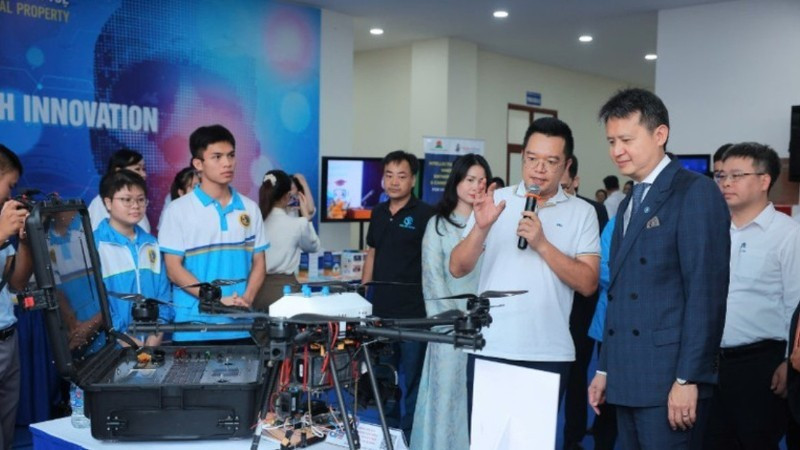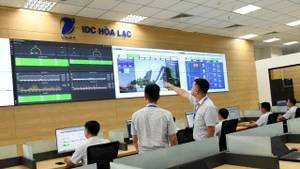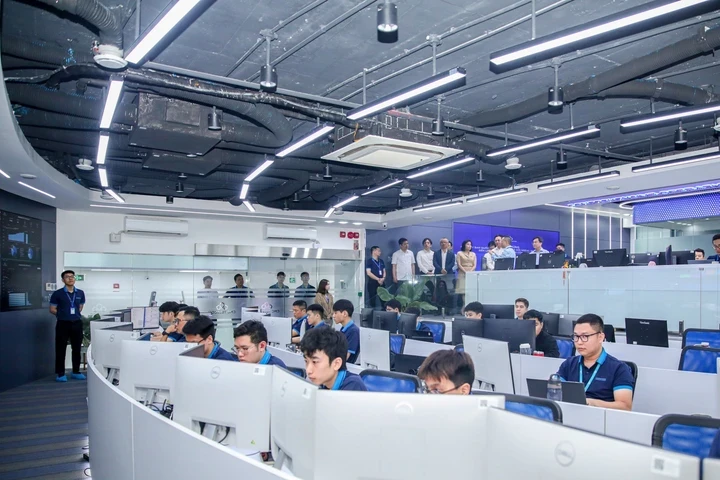The GII has become an important reference tool, helping to identify strengths and weaknesses, thereby supporting policy-making, resource allocation and reform momentum. Countries that have advanced rapidly in the rankings regard innovation as a key driver of economic recovery, long-term growth and competitiveness.
Indeed, 77% of WIPO member states have used GII results to design their national science, technology and innovation strategies.
Over the past decade, Viet Nam has steadily improved its position in the GII. From 59th place in 2016, the country rose to 44th out of 133 economies in 2024, and in 2025 maintained 44th place out of 139.
Sustaining this ranking amid intensifying global competition in innovation reflects Viet Nam’s efforts to strengthen its innovation capacity, affirming that the development path based on science, technology, innovation and digital transformation, as set by the Party and the Government, is the right one.
This year, Viet Nam has continued to improve its ranking in innovation inputs (notably in Institutions, Market sophistication and Business sophistication), while its innovation output ranking remains higher than inputs (with gains in Knowledge and technology outputs, and Creative outputs).
According to experts, Viet Nam consistently achieves innovation results above its level of development, reflecting the effectiveness of policies, particularly in digital transformation, technology adoption and integration into global value chains. Viet Nam continues to lead in high-tech imports and exports, underscoring its policy of technology integration, absorption and diffusion, enabling enterprises to learn, boost productivity and enhance competitiveness.

Within ASEAN, Viet Nam ranks third in the GII, behind Singapore and Malaysia. However, in recent years the country’s GII ranking has shown signs of levelling off. This suggests that the role and contribution of innovation have yet to match the nation’s level of development or global trends.
Indicators relating to regulatory quality and government effectiveness remain low; expenditure on education as a share of GDP has declined sharply; the pupil-teacher ratio in secondary schools and the tertiary inbound mobility are both low; information technology infrastructure and ecological sustainability still fall short of the requirements for sustainable development.
Recent Party guidelines outlined in resolutions such as Resolution No. 57-NQ/TW, Resolution No. 59-NQ/TW, Resolution No. 68-NQ/TW, and Resolution No. 193/2025/QH15 of the National Assembly, together with the Law on Science, Technology and Innovation, and the strong progress since late 2024, are expected to bring about breakthroughs in science and technology.
Experts believe Viet Nam should prioritise enhancing endogenous innovation capacity, focusing on three key pillars: institutions, human resources, and science and technology infrastructure.
Policies must be effectively implemented, ranging from incentives for innovation activities and intellectual property protection to mechanisms for commercialising research outcomes. Administrative procedures need to be simplified and made more transparent, with enterprises truly serving as the core of the innovation ecosystem.
At the same time, investment in R&D and business-sector technological innovation must be increased, with private enterprises, particularly tech start-ups, encouraged to engage more deeply in global value chains. Establishing innovation centres, key laboratories and high-tech zones will provide a solid foundation for innovation.
In addition, digital transformation in local government and critical service sectors must be strongly promoted.
On the basis of the published GII, localities should actively follow both national and global trends to build socio-economic development strategies grounded in science, technology, innovation and digital transformation on the basis of their own strengths.
The Ministry of Science and Technology needs to step up dissemination, guidance and training to help localities apply the GII in policy-making and in evaluating the effectiveness of implementation.
















